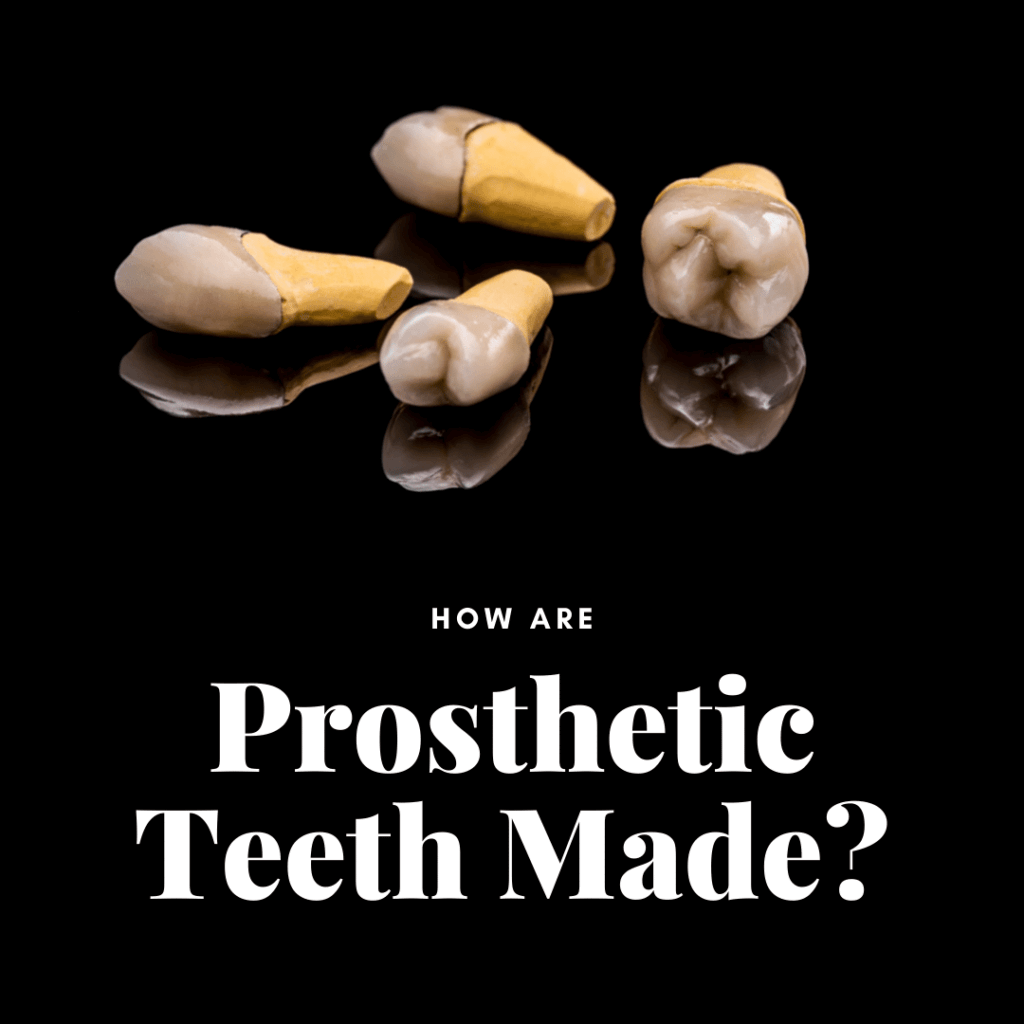Missing teeth can be a serious issue. Not only do they impact your appearance, but they also can affect your ability to chew and speak properly. If you are missing one or more teeth, you may need prosthetic teeth. Prosthetic teeth are artificial teeth that are made to replace missing ones. There are several different types of prosthetic teeth, and each has its own advantages and disadvantages. In this blog post, we will discuss the various types of prosthetic teeth and the process of having them fabricated.
Why Prosthetic Teeth are Necessary
Losing teeth can have a significant impact on your life. It is important to replace missing teeth as soon as possible in order to avoid the following issues:
- Problems with eating and speaking
- An incomplete smile
- Shifting of the surrounding teeth
- Overgrowth of the opposing teeth
- Bite alignment problems
- Temporomandibular Joint Disorder (TMD)
- Increased risk of tooth damage and premature wear
- Bone loss in the jaw
Types of Prosthetic Teeth
There are several different types of prosthetic teeth available. The type that is right for you will depend on a number of factors, including the number of teeth that need to be replaced, the health of your remaining teeth, and your budget. The most common types of prosthetic teeth are:

Dentures:
Dentures are artificial teeth that are mounted on a plastic or acrylic frame. They are removable and can be taken out for cleaning. Dentures are the most affordable type of prosthetic teeth, but they can be uncomfortable and can make it difficult to eat certain foods.
Partial dentures:
Partial dentures are used to replace a few missing teeth. They consist of artificial teeth that are mounted on a metal or acrylic frame. The frame is attached to your natural teeth with clasps. Partial dentures are more comfortable than full dentures and can be removed for cleaning.
Traditional Bridges:
Traditional bridges are used to replace one or more missing teeth. They consist of artificial teeth that are attached to adjacent natural teeth with crowns. Traditional bridges are permanently cemented in place and cannot be removed for cleaning.
Dental Implants:
Implants are artificial tooth roots that are surgically implanted into the jawbone. They are permanent and can be used to support a crown, bridge, or denture. Implants are the most expensive type of prosthetic teeth, but they are also the most natural-looking and durable. They are also the only type that can prevent bone loss.
The Process of Having Prosthetic Teeth Fabricated
The process of having prosthetic teeth fabricated can vary depending on the type of prosthetic you choose.
If you choose dentures, the process will involve taking impressions of your mouth and having the dentures custom-made. It usually takes two or three visits to the dentist to get dentures that fit properly.
If you choose a traditional bridge, the process will involve taking impressions of your mouth and preparing the adjacent teeth for crowns. A dental lab will then fabricate your restoration and your dentist will cement it in place. It usually takes two visits to the dentist to have a traditional bridge placed.
If you choose dental implants, the process will involve surgically placing the implants in your jawbone and allowing them to heal. Once the implants have healed, they can be used to support a crown, bridge, or denture that has been fabricated by a dental lab or with an in-office milling machine. The entire process usually takes several months since the jawbone needs to heal.




